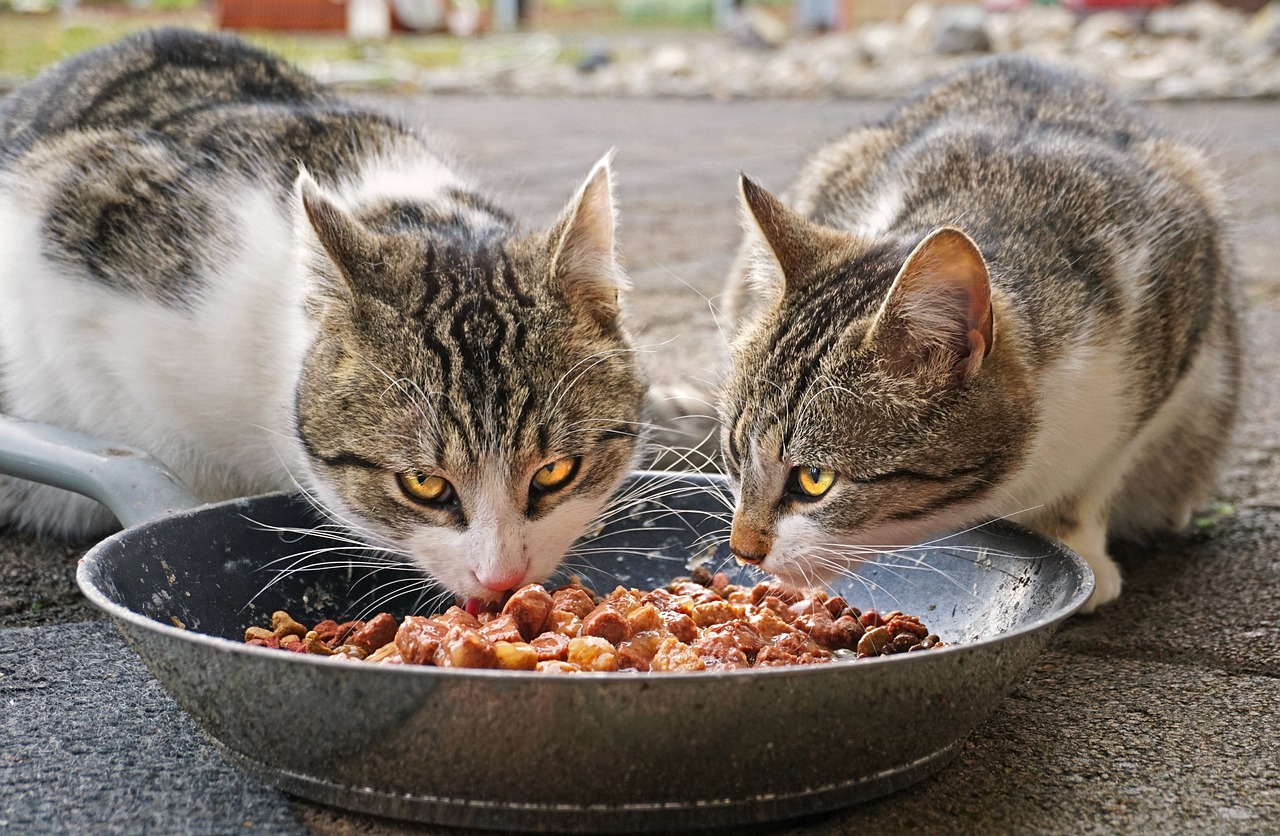Pets, like humans, can develop picky eating habits, which can be a source of frustration and concern for pet owners. However, transitioning your pet from being a picky eater to having polished eating habits is not an insurmountable challenge. In this comprehensive guide, we will explore the causes of picky eating in pets, effective transitioning techniques, the importance of choosing the right diet, and how to create an appealing mealtime environment. By the end of this article, you’ll have a better understanding of how to transform your pet’s eating habits and improve their overall well-being.
I. Introduction
When your pet consistently turns their nose up at their food, it can be disheartening. However, it’s crucial to remember that picky eating can be due to various factors, and with patience and the right strategies, you can help your furry friend develop polished eating habits.
II. Understanding the Causes
Picky eating in pets can be attributed to both behavioral and medical factors. It’s essential to understand these factors to address the root causes effectively. Behavioral factors can include past negative experiences with food, while medical factors may involve dental issues, digestive problems, or allergies.
III. Assessing Your Pet’s Current Habits
Before you embark on the journey of transitioning your pet’s eating habits, it’s essential to assess their current behavior. This includes observing their eating patterns, specific food preferences, and mealtime routines.
IV. Transitioning Techniques
To successfully transition your pet to polished eating habits, a gradual introduction of new foods is crucial. Mixing old and new food in varying proportions can ease the transition, but consistency is key in this process.

V. Choosing the Right Diet
Every pet is unique, and their dietary requirements can vary based on their age, breed, and overall health. Selecting high-quality pet food that suits your pet’s specific needs is vital. Consider consulting with a veterinarian or nutritionist to ensure you’re making the best dietary choices.
VI. Creating an Appealing Mealtime Environment
The ambiance of your pet’s dining area can influence their eating habits. Enhance the environment to make it inviting, and consider using puzzle feeders and interactive toys to keep mealtime engaging. A regular and predictable meal schedule is also beneficial.
VII. Positive Reinforcement
Positive reinforcement during mealtime can play a significant role in transforming your pet’s eating habits. Reward-based training, praise, and treats for good eating behavior can encourage your pet to embrace their new diet. Avoid using punishment or negative reinforcement.
VIII. Overcoming Common Challenges
Sometimes, pets may have allergies, dietary restrictions, or changes in appetite that pose challenges during the transition process. This section will offer advice on dealing with these issues and addressing potential health concerns.
IX. Monitoring Progress
Tracking your pet’s eating habits and progress is vital. You can make necessary adjustments to the diet plan if your pet isn’t responding as expected. Recognizing improvements in their eating behavior is a rewarding aspect of this transition.
X. Benefits of Polished Eating Habits
Polished eating habits bring numerous benefits to both you and your pet. These include improved pet health, a strengthened bond between pet and owner, and a reduction in mealtime stress and frustration.
XI. Case Studies
To illustrate the effectiveness of the strategies discussed in this article, we’ll provide real-life case studies of pets that successfully transformed their eating habits.
XII. Conclusion
In conclusion, transitioning your pet from being a picky eater to having polished eating habits is a gradual process that requires patience and persistence. By understanding the causes, assessing your pet’s current habits, and implementing the right transitioning techniques, you can improve your pet’s overall well-being and create a more harmonious mealtime experience.

XIII. FAQs (Frequently Asked Questions)
- How long does it usually take to transition a picky eater into a polished one?
- The time it takes to transition a picky eater varies from pet to pet. It can take anywhere from a few weeks to several months, depending on the underlying causes and the strategies employed.
- Can I prepare homemade meals for my pet, and how do I ensure they get all the necessary nutrients?
- Yes, you can prepare homemade meals, but it’s crucial to consult with a veterinarian or pet nutritionist to ensure your pet receives a balanced diet with all the necessary nutrients.
- What if my pet still refuses to eat even after trying various techniques?
- If your pet continues to resist their new diet, consult with a veterinarian to rule out any underlying medical issues. They can provide guidance on alternative solutions.
- Are there specific foods that can help improve my pet’s coat and overall health?
- Yes, certain foods can enhance your pet’s coat and overall health. Omega-3 fatty acids, found in fish and flaxseed, can promote a shiny coat, while a balanced diet with essential nutrients is crucial for overall well-being.
- How often should I consult with my veterinarian during the transition process?
- It’s advisable to have regular check-ins with your veterinarian, especially in the early stages of the transition. They can provide guidance, monitor your pet’s progress, and address any concerns that arise.







